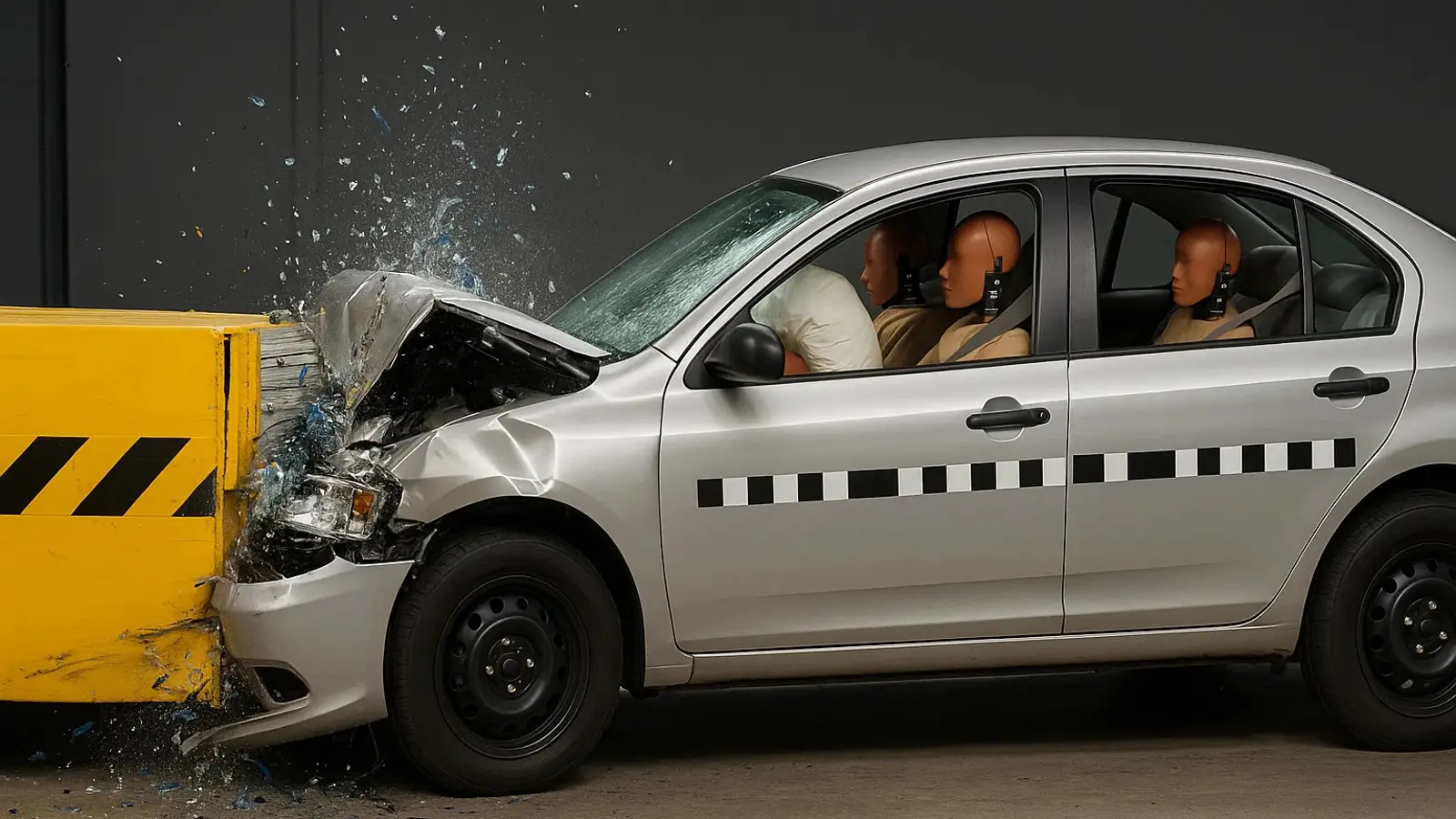Articles
Crash Test Ratings 2025: Best and Worst Automakers by Safety Performance

In 2025, the line between safe and unsafe cars is thinner than ever. Updated IIHS and Euro NCAP crash tests reveal how some automakers excel while others struggle—and what steps they take when models fail safety exams.
When we talk about vehicle safety, people often ask: “Which brand is the best—or the worst?” Yet in the crash-test world, victories belong not to brands but to specific models and years. The difference between triumph and failure can hinge on a millimeter of metal, a split-second airbag deployment, or a few lines of code in the driver-assist software.
Why the idea of a “best brand” is misleading
Organizations like IIHS (USA) and Euro NCAP (Europe) evaluate models, not corporations. They perform strict tests—frontal overlap, side impact, rear-seat protection, pedestrian safety, and driver-assist performance. One weak result can strip a car of its award.
In the latest IIHS 2025 Top Safety Picks, it’s not brands but models—Hyundai Elantra, Kia K4, Toyota Prius, Sonata, bZ4X, and Nissan Murano—that earn recognition. In Europe, Euro NCAP grants its Best in Class 2024 title to those balancing strength and technology across tests.
Who’s leading and why
In June 2025, six cars gained Top Safety Pick + status—but only for vehicles built after specific dates: Elantra (Oct 2024), Sonata (Nov 2024), and K4 (Jan 2025). These updates strengthened rear-seat protection and revised belt geometry to meet the new moderate overlap 2.0 protocol.
Across Europe, Mercedes E-Class, Skoda Superb, and Mazda CX-80 topped the Best in Class 2024 charts for comprehensive crash protection and advanced safety systems.
When new models stumble
Even fresh designs can fall short. The Acura ZDX (2024) and Honda Prologue (2024) failed to secure IIHS awards due to weak small overlap results. The Nissan Altima 2025 scored only marginal in moderate overlap 2.0. In the Midsize SUV class, Jeep Grand Cherokee and Grand Cherokee L were rated Poor, while the Jeep Wrangler had incomplete ratings. In Europe, the MG 3 (Hybrid+) earned four stars despite a seat-anchor failure during testing.
How automakers respond
Manufacturers rarely stand idle after a setback:
- Structural fixes — “built after…” updates gave Hyundai and Kia new life in IIHS rankings.
- Software upgrades — BYD ATTO 3 improved from Not Recommended to Good after driver-assist updates.
- Component improvements — Acura ZDX’s headlamp upgrade wasn’t enough for a “+”.
- Retests and rating extensions — IIHS allows re-evaluation once modifications are verified.
Checking your own car
U.S. readers can visit IIHS Top Safety Picks 2025, navigate by class and model, and note “built after…” labels. In Europe, the Euro NCAP Latest Safety Ratings provide full datasheets; German drivers can consult ADAC reports for localized insights.
Conclusion
Safety competition in 2025 has grown fierce. As protocols tighten—especially moderate overlap 2.0—the line between “safe” and “unsafe” narrows. The winners are those who adapt fastest, combining engineering, software, and swift retesting. The era of static safety scores is over; adaptability has become the new armor.
2025, Oct 07 12:30


